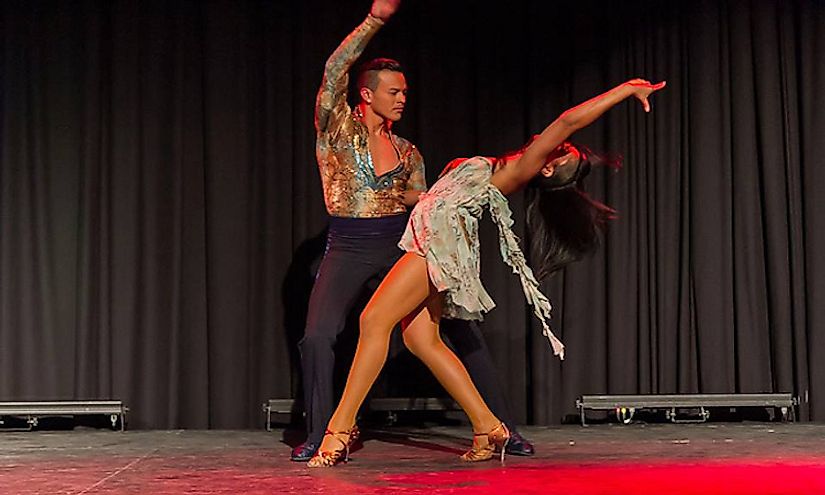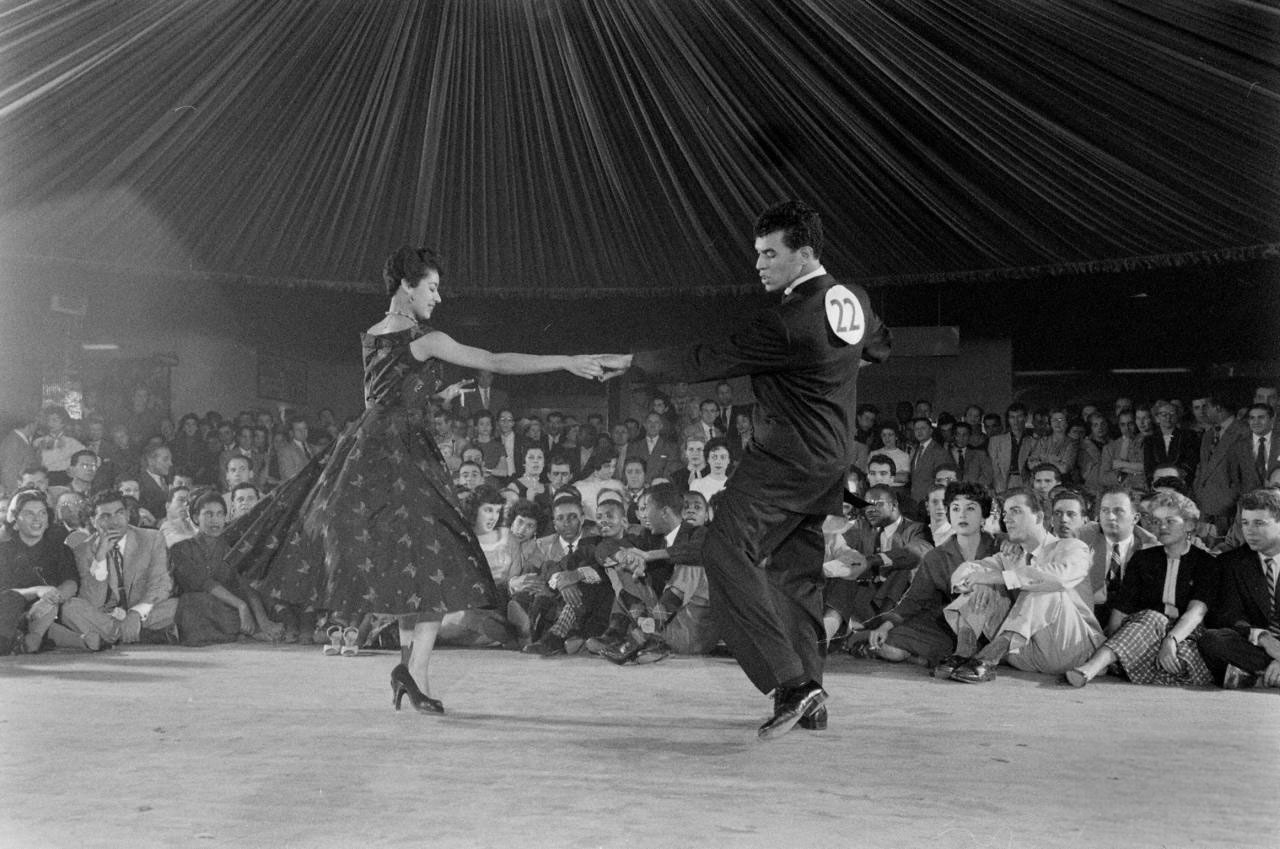The Ultimate Guide To Dance San Francisco
Wiki Article
How Dance San Francisco can Save You Time, Stress, and Money.
Table of ContentsMore About Dance San FranciscoThe Best Guide To Dance San FranciscoThe Basic Principles Of Dance San Francisco Everything about Dance San Francisco
Allow's believe of Salsa dance and songs as a huge Tree that looks like this: Salsa is danced world-wide while lots of technological aspects of the dance coincide throughout designs (6 steps over 8 beats danced on a quick-quick-slow or slow-quick-quick rhythm), there are numerous "hallmark" features of the primary designs of Salsa that identify one from the other.Couples joining a Casino site Rueda dance all relocations in unison as called by a Leader. Distinct features of Cuban style salsa are circular turn patterns (with "break back" steps on counts 1 and 5) as well as body motion motivated by typical Afro-Cuban folkloric dancings. Distinguishing attributes of Cali style salsa is quick and complex maneuvering, danced with a strong hand hold connection in between companions.
The beginnings of the design are a subject of debate, but it is said that New York style Salsa dancing stemmed in the 1960's due to the increase of Latin American emigrants after the Cuban Change (salsa dancing sf). Eddie Torres is the most popular New york city design professional dancer, being virtually globally attributed with promoting the design to dance centres outside of New York
The fundamental rhythm of "On-2" is slow-quick-quick. The "youngest" of the styles of Salsa, L.A (https://medium.com/@dancesf/about). Design (some individuals have actually called it "West Coast" style) became popular in the 1990's and has its origins in ballroom (Mambo, Swing and Cha, Cha, Cha). Transform patterns lead and adhere to techniques are heavily influenced by these styles, with the Cross Body Lead being the cornerstone of the style
Not known Facts About Dance San Francisco
Style are implementation of turn patterns and numbers in the "port", with the break steps on counts "1" and "5". While Salsa songs has strong beginnings in Cuban, Colombian and Puerto-Rican folkoric customs, it can not be marked down that all Afro-Latin and Latin American societies have actually contributed to contemporary Salsa music as we recognize it today.


Dance San Francisco - The Facts
distinguishing attributes of Salsa music are: 4/4 measure signature, Kid Clave and Tumbao rhythms, Montuno Piano Unless you have a history in music, the above 3 attributes probably suggest nothing to you. A simpler way to explain Salsa music is how it does NOT appear like other kinds of Latin American preferred songs.
It's time for lessons. With many studios available and different designs to select from, where does a complete novice start? The majority of new dancers pick to find out L.A. "On-1" design slotted Salsa styles are one of the most widespread in North America (with some exceptions of some city centres that still mainly accept Cuban and Puerto Rican styles) and L.A.
.A. Design will promptly show you the principles of Salsa timing, weight transfer and turn pattern implementation. Many professional dancers, once they've had a year or more of dancing L.A. Style Salsa under their belts, "switch" to New York design in order to diversify their dance vocabulary; yet many professional dancers determine to adhere to just one design of Salsa and enjoy their time on the dancing flooring in that particular design. salsa dancing sf.
Design and New York Style all being danced in the same club, with much of the professional dancers having the ability to switch over from one design to the other from one tune to the next. salsa dancing sf. Despite which style you select it is very important to stay with that design up until you're really comfortable with the basics of timing, body rhythm and structure move execution before taking into consideration "changing" designs (if you wish to)
Once you start lessons prepare to devote energy and time to finding out just how to dance generally it takes a complete beginner (i. e., a person with little or no dance experience) concerning 6 months of proactively taking lessons and heading out and practicing at least twice read this a week to obtain to a factor where pattern implementation starts to feel "natural".
Report this wiki page